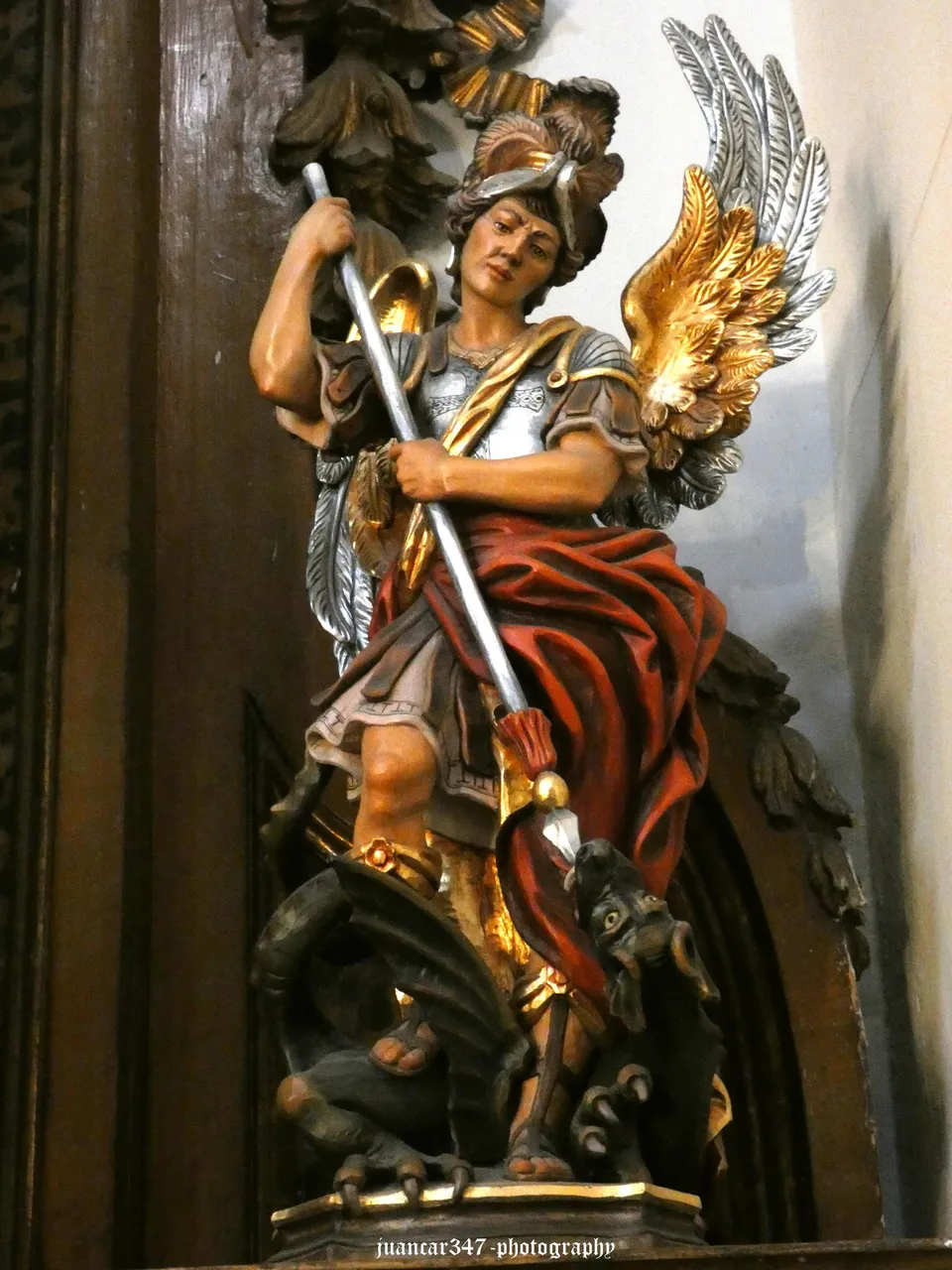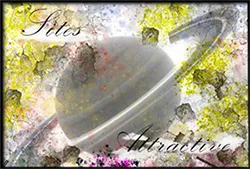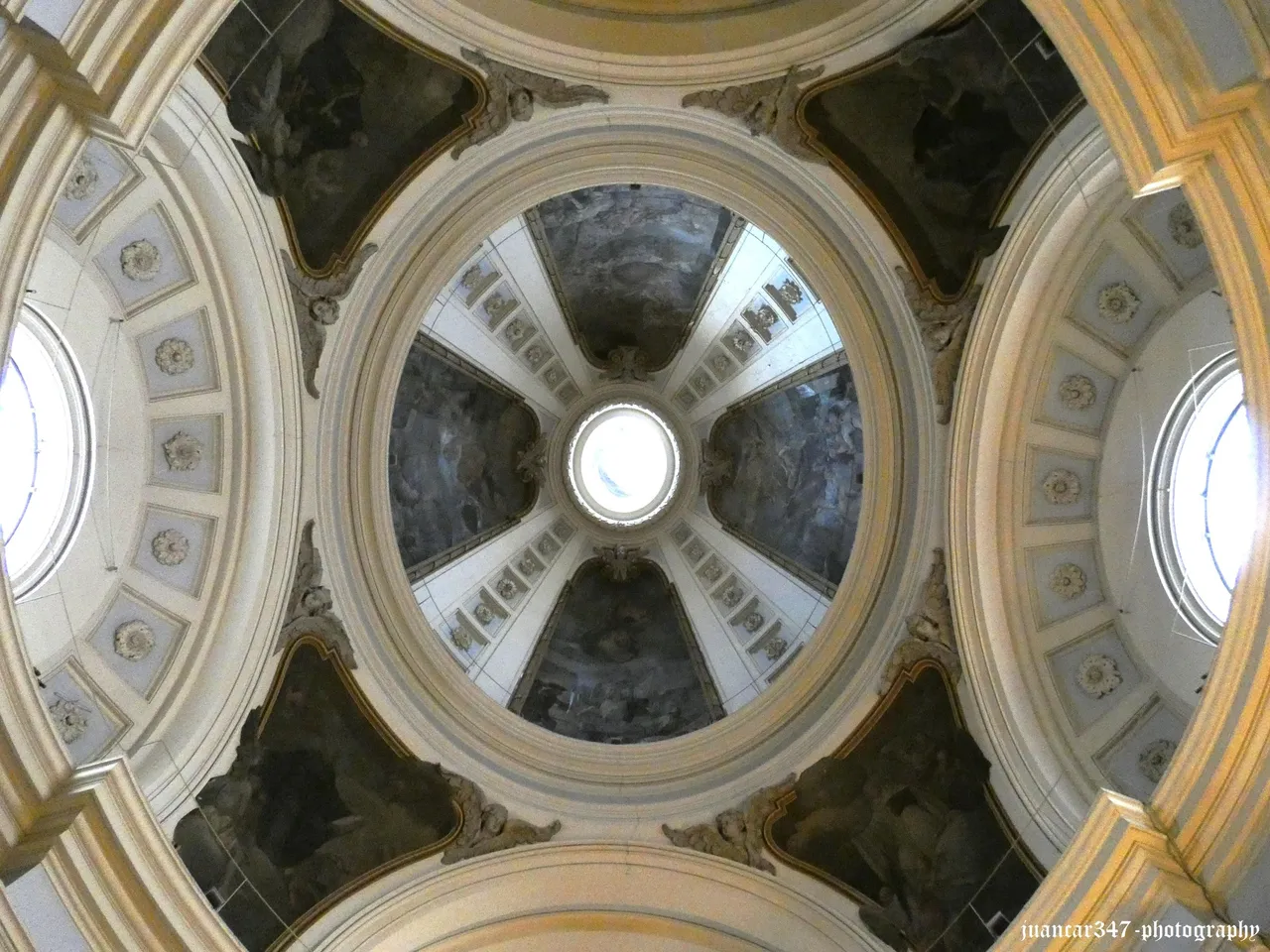
If there is an Art and an Architecture that defined and continue to define a city like Madrid, being, in addition, complementary to one of the most brilliant centuries in the General History of Spain -the Golden Age- it is, without a doubt, the Baroque.
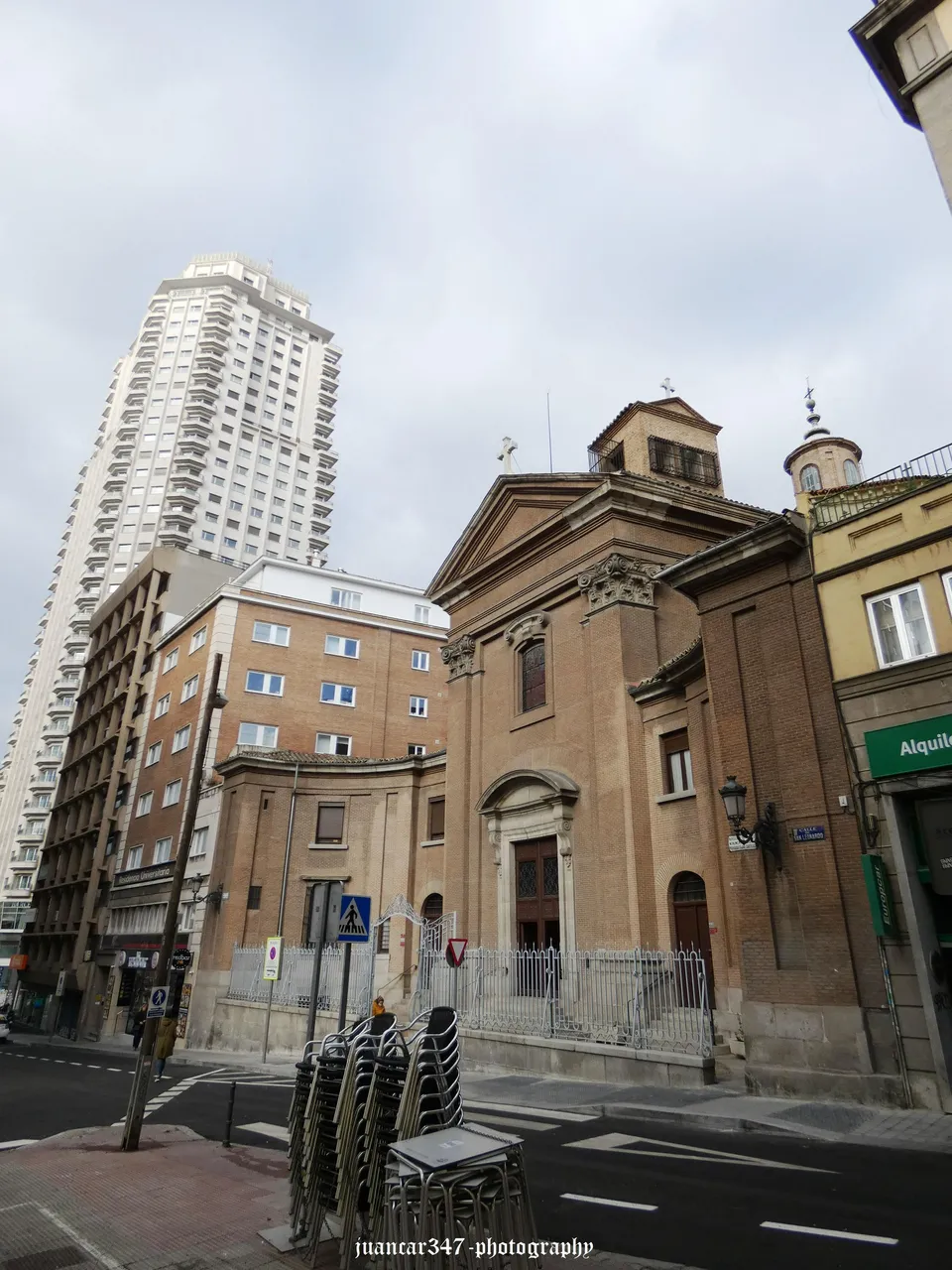
It is not surprising, therefore, that the capital of Spain has a monumental wealth of buildings of this style, both civil and ecclesiastical, capable of awakening a multitude of feelings, regardless of preferences, both artistic and architectural. that people in general can have.
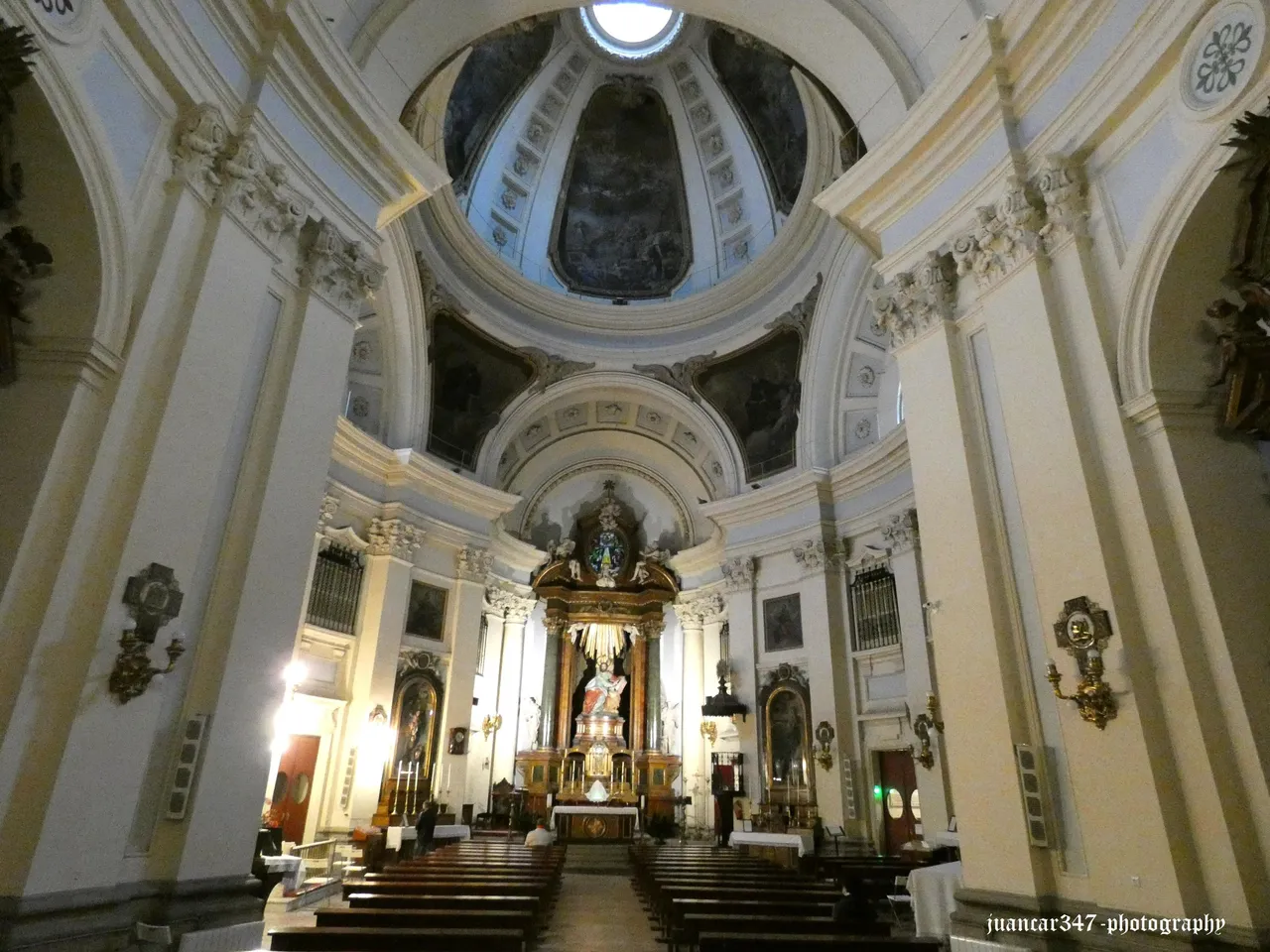
In that sense, it is not the first, and possibly it will not be the last time, either, in which I gave myself away and although I did not reach, not even by approximation, the extremes of rejection that characterized relevant figures in Literature, such as the poet Gustavo Adolfo Bécquer, I must admit, that there is in them a greatness and at the same time, a beauty that seduces you as you begin to get to know them and read, even between the lines and in a metaphorical way, obviously, that message, aesthetic and geometric, that drove in its creators the fundamental idea of its design.
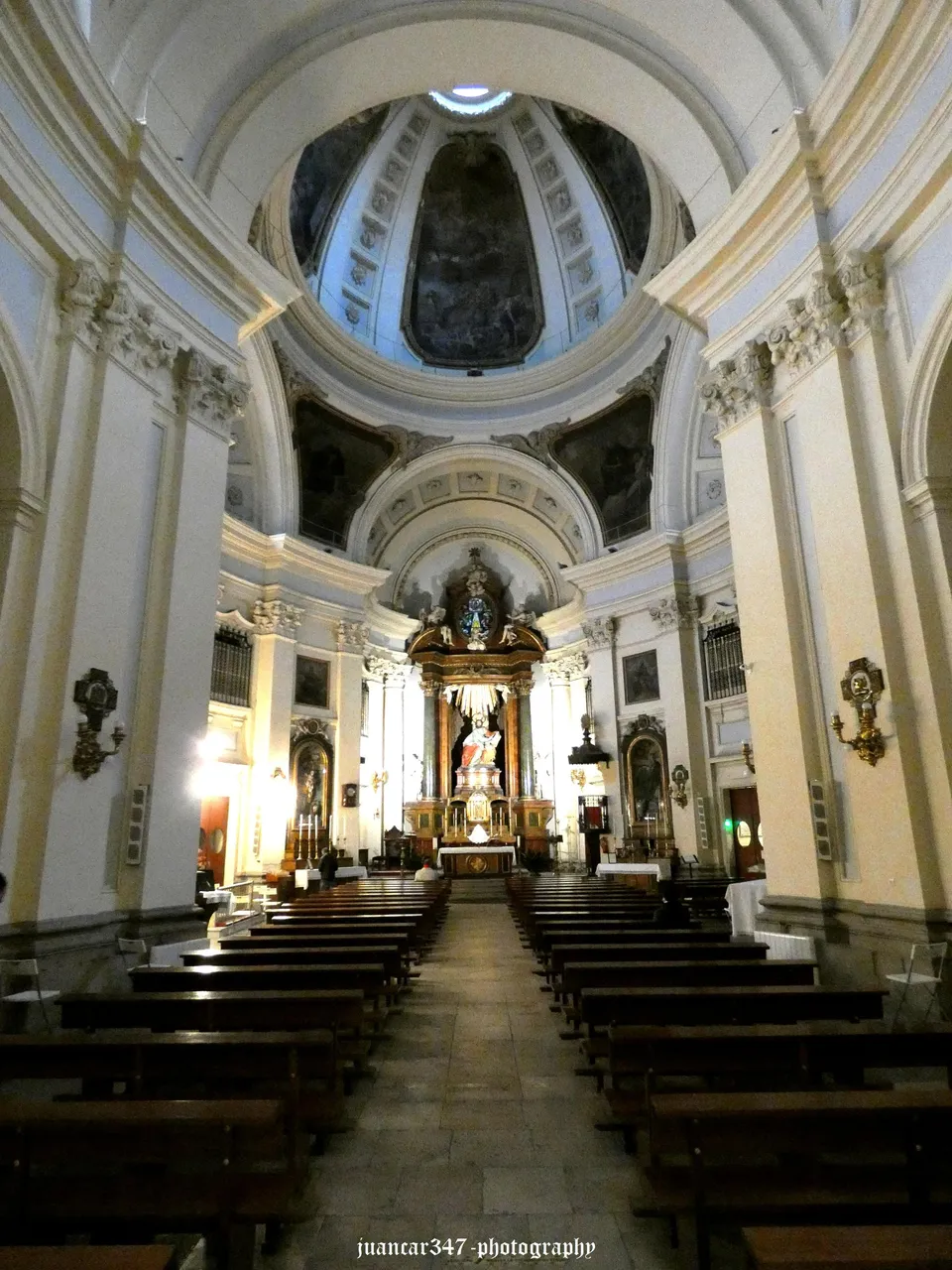
Today I want to present you one of the most beautiful baroque temples in Madrid and at the same time, paradoxically, one of the most unknown by the public in general and by the people of Madrid in particular: the church of San Marcos.
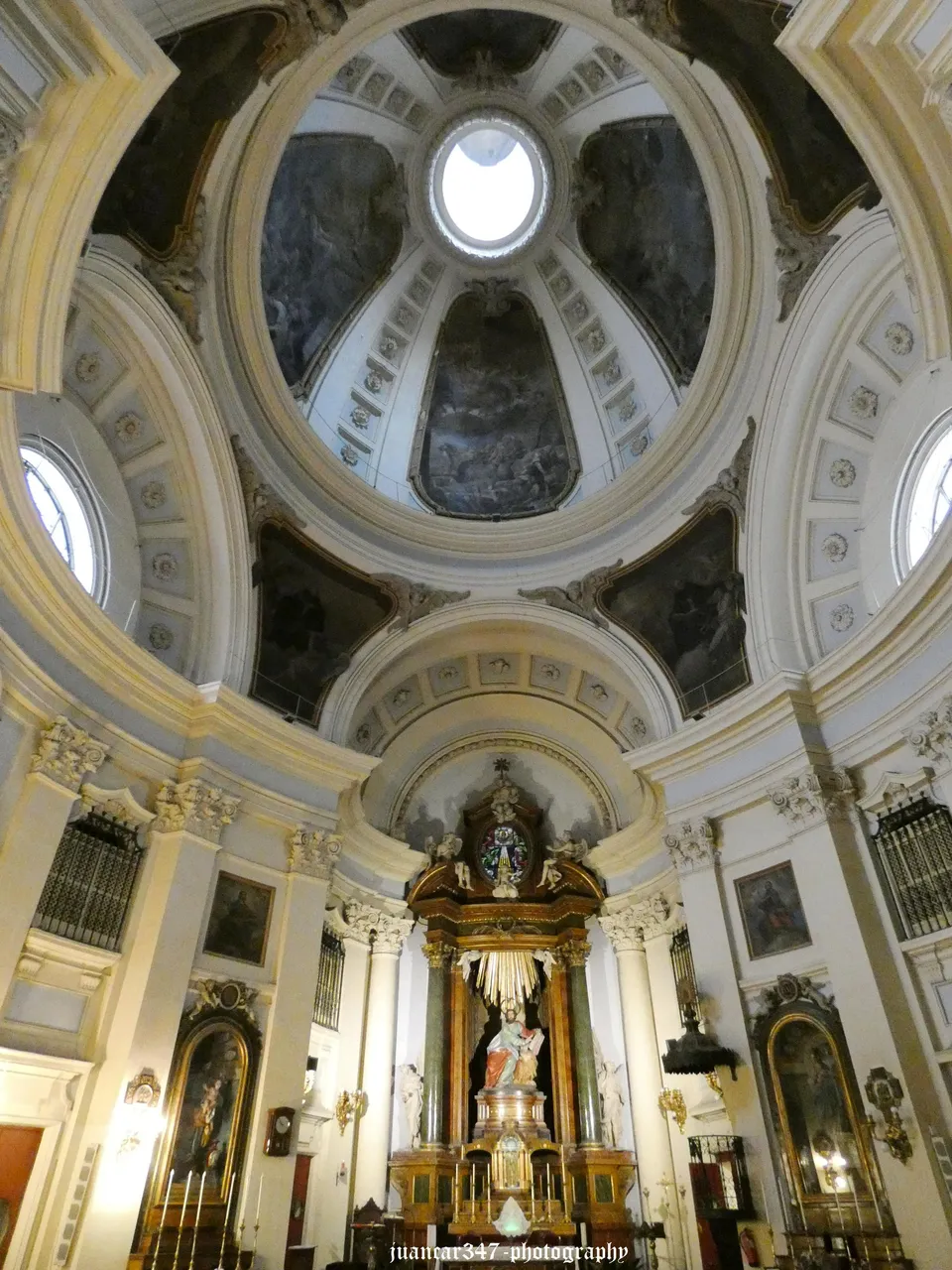
Located at number 10 Calle de San Leonardo, practically a few meters from the popular Plaza de España and just behind that Babel tower that is currently the Hotel Plaza Ríu, it was designed by the renowned architect Ventura Rodríguez at the request of King Fernando VI, as a commemoration of the battle of Almansa, which took place on April 25, 1707 -precisely, the feast of San Marcos, hence its dedication- in which his father, King Felipe V defeated Archduke Carlos of Habsburg, whose consequence It was the definitive installation of the Bourbons on the throne of Spain.
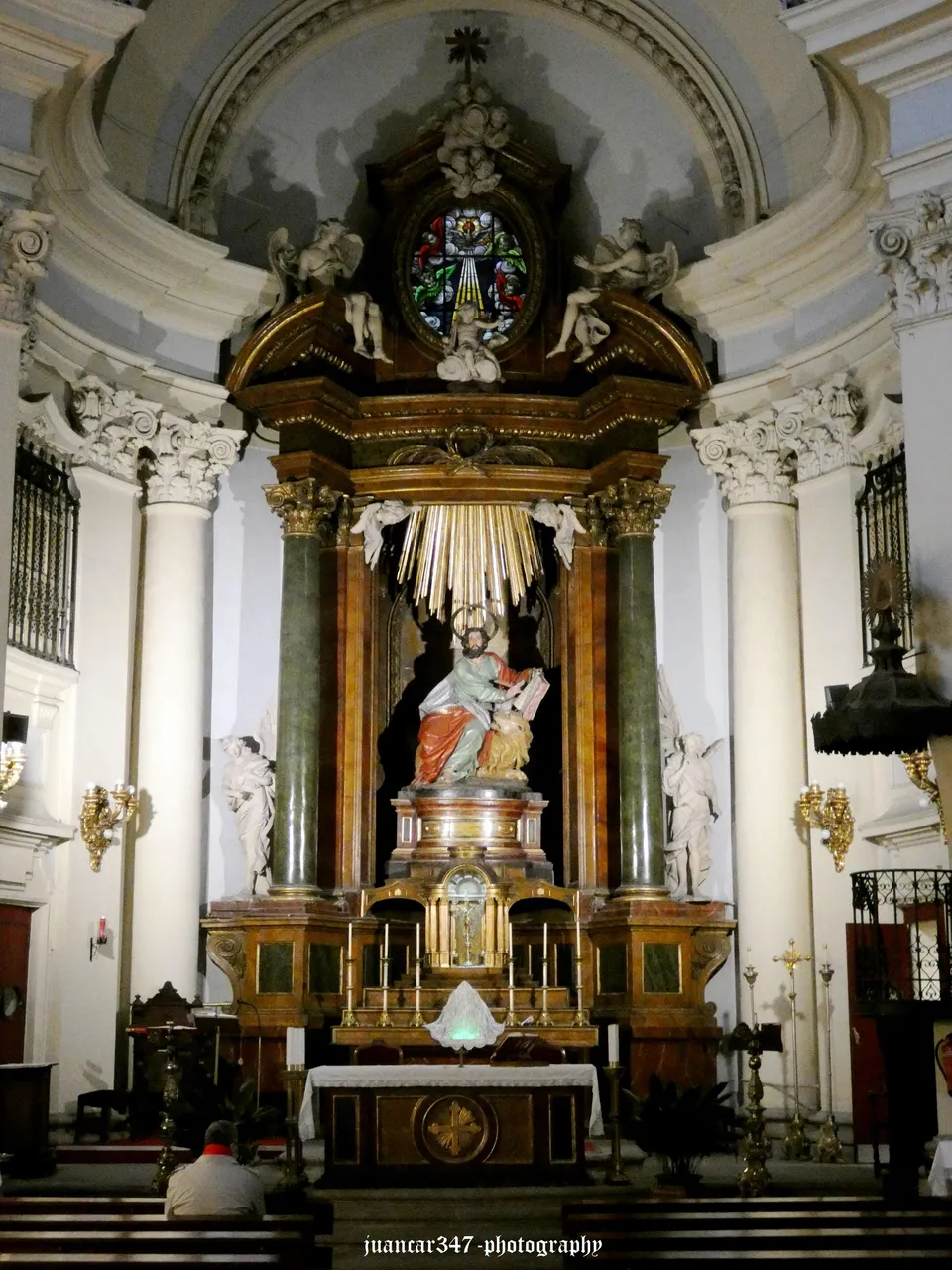
The importance of this church must also be measured in the team of sculptors and painters, in charge of providing aesthetic beauty to the design of Ventura Rodríguez, whose names include Juan Pascual de Mena, Robert Michel and Felipe de Castro, continuators, more or less, of the Roman inspiration followed by the well-known Italian artist, Bernini, a detail that should not be surprising, since in the Court and Villa of Madrid, Italian artists had a special relevance and reception, as it may be the case of the extraordinary architect Francesco Sabatini.

Regardless of the beauty of these works, brilliant in terms of aesthetics and design, the highlight of the church of San Marcos, as is traditional in this type of temple, is its formidable dome, in this case, ellipsoid in shape, built on the four arches of the transept, of which two contain lunettes, which serve as lighting for the nave.
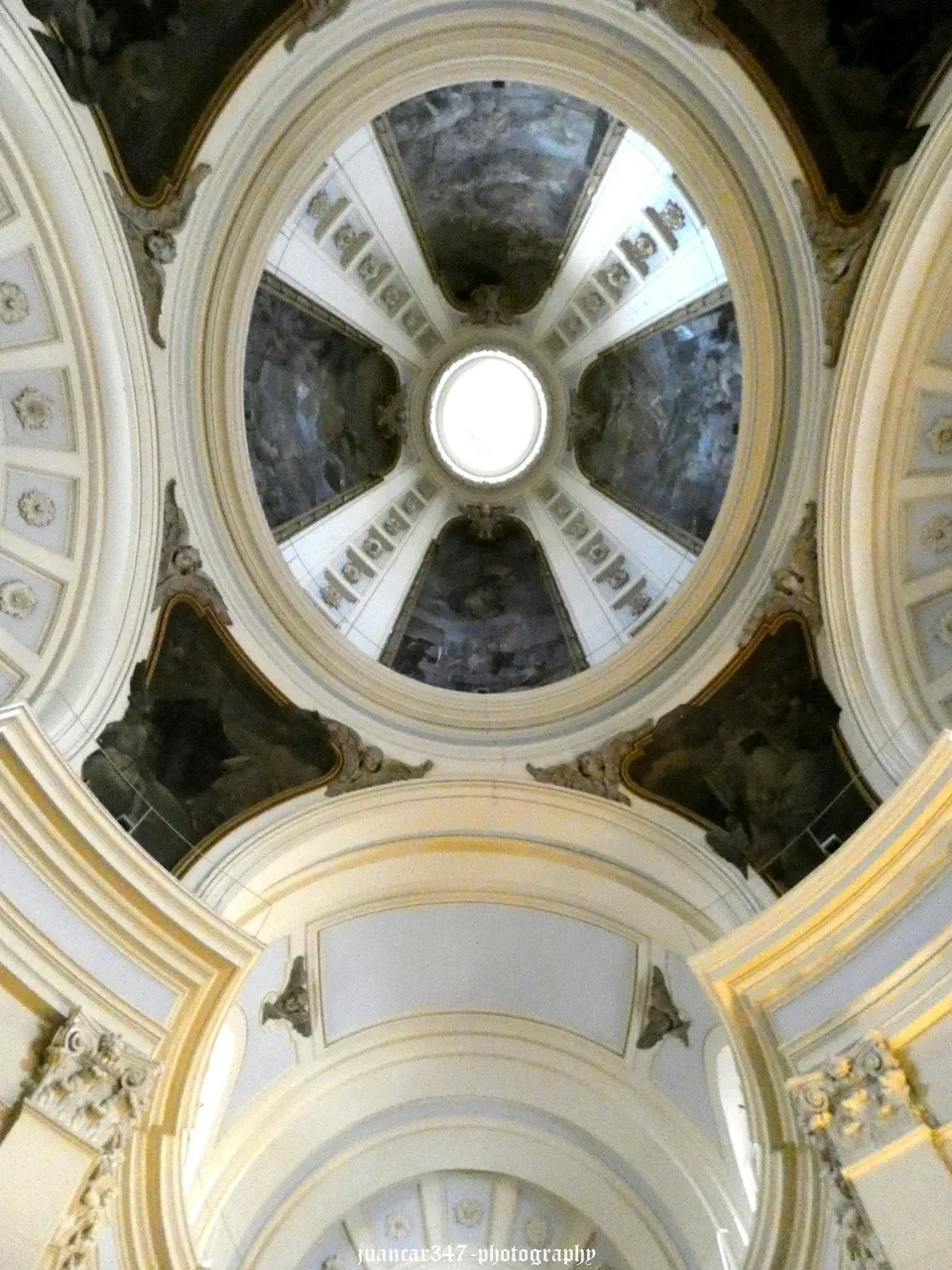
It also forms an imaginary cross, whose arms contain beautiful pictorial representations related to the life and work of the famous Evangelist, which seem to rise above the main altarpiece, designed by Ventura Rodríguez himself, in which the twisted columns and golden capitals, on wooden shafts, which imitate the texture of marble, being both the sculpture of San Marcos, as well as those of the lateral angels, made of stone, the work of Juan Pascual de Mena.

Endowed with great luminosity, as a whole, the church of San Marcos forms a monumental work of art, which stands out, against many other churches of its kind and in my humble opinion, for its sumptuousness and above all, for its harmonic beauty.
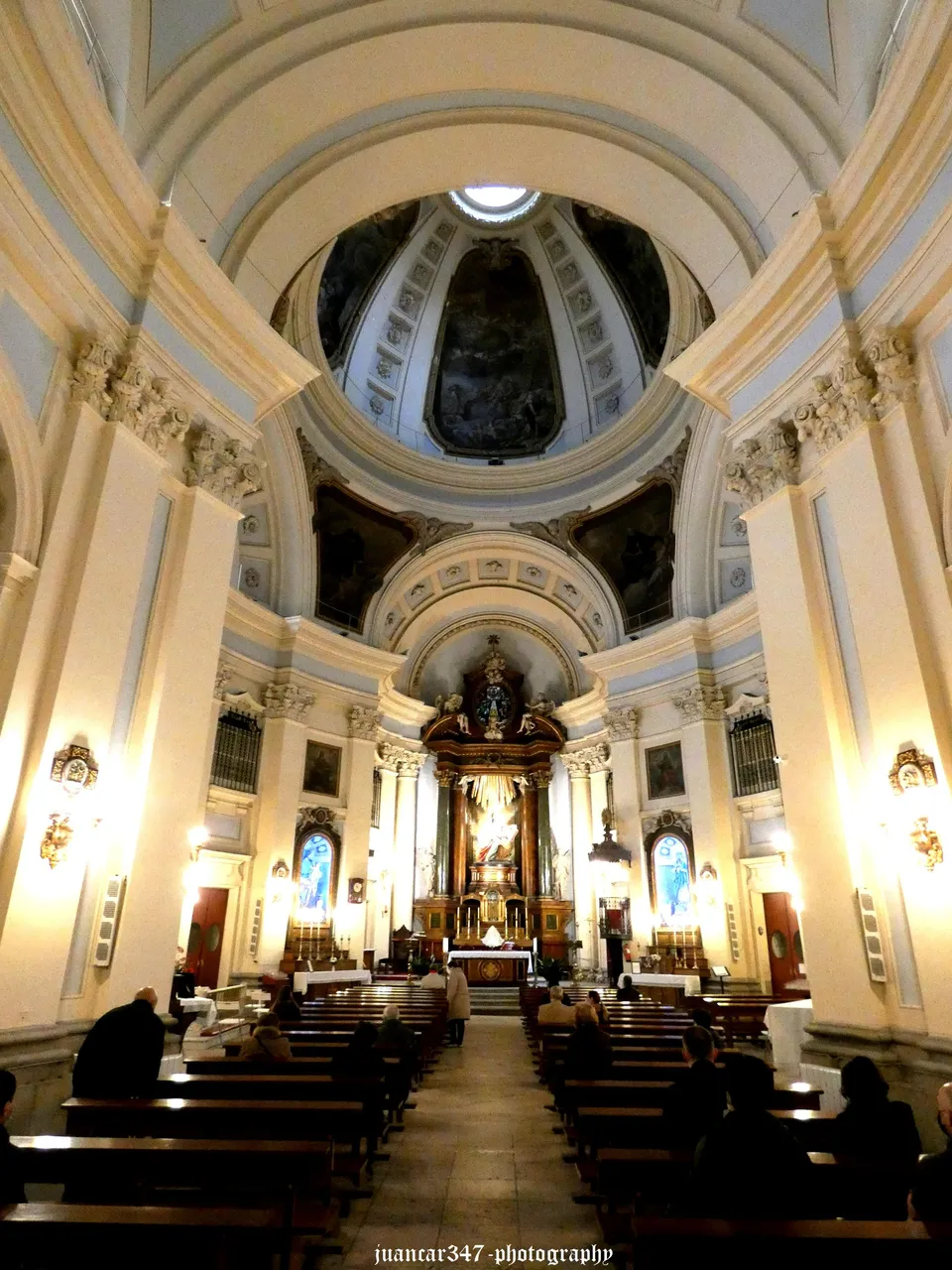
NOTICE: Both the text and the accompanying photographs are my exclusive intellectual property and therefore are subject to my Copyright.
